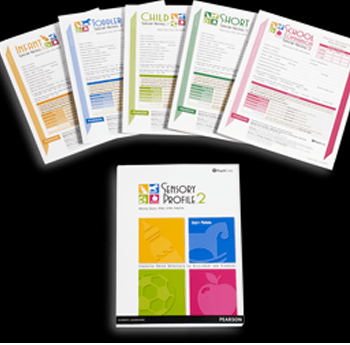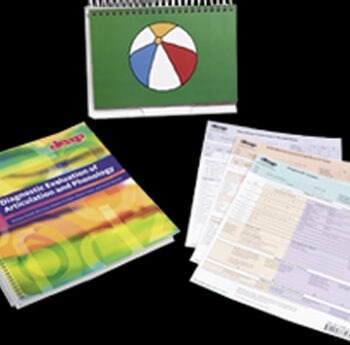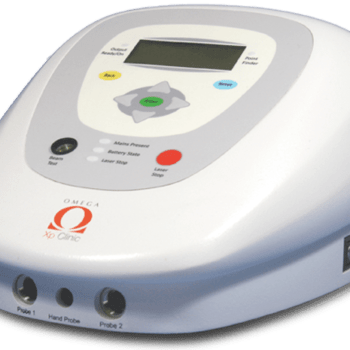The results of the five DTVP-3 subtests combine to form three composites: Motor-reduced Visual Perception, Visual-Motor Integration, and General Visual Perception (combination of motor-reduced and motor-enhanced subtests). Subtests are assigned to a particular composite on the basis of the amount of motor ability required by their formats.
Benefits
- Gives a highly reliable measure, offering extended norms to age 12:11.
- Uses new normative data collected in 2010 and 2011.
- Composite scores have no floor or ceiling effects.
- Provides numerous eligibility and validity studies, including studies of the test’s sensitivity, specificity, and ROC/AUC.
- Provides expanded study of item bias.
- Overall look of the test is updated.
Features
The DTVP-3 comprises five subtests:
- Eye-Hand Coordination: Children are required to draw precise straight or curved lines in accordance with visual boundaries.
- Copying: Children are shown a simple figure and asked to draw it on a piece of paper. The figure serves as a model for the drawing. Subsequent figures are increasingly complex.
- Figure-Ground: Children are shown stimulus figures and asked to find as many of the figures as they can on a page where the figures are hidden in a complex, confusing background.
- Visual Closure: Children are shown a stimulus figure and asked to select the exact figure from a series of figures that have been incompletely drawn. In order to complete the match, children have to mentally supply the missing parts of the figures in the series.
- Form Constancy: Children are shown a stimulus figure and asked to find it in a series of figures. The targeted figure will have a different size, position, and/or shade, and it may be hidden in a distracting background.















Reviews
There are no reviews yet.